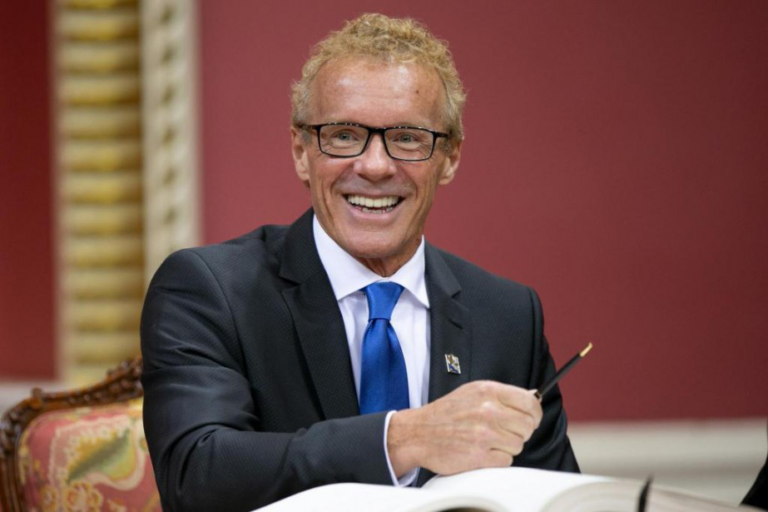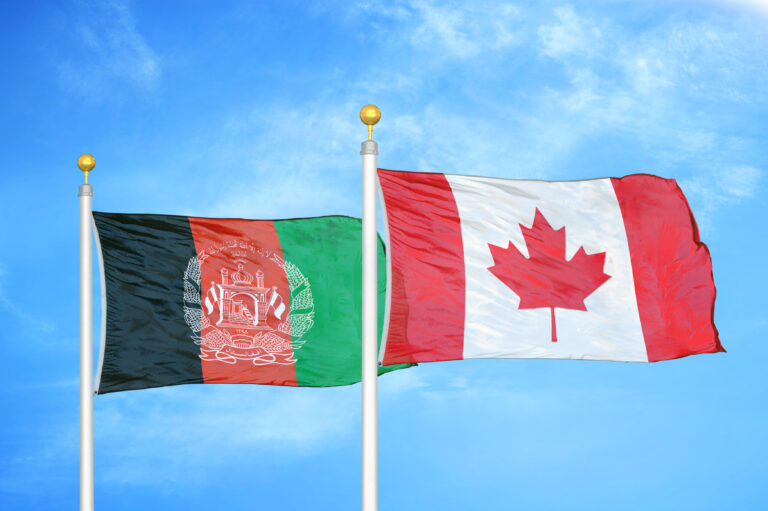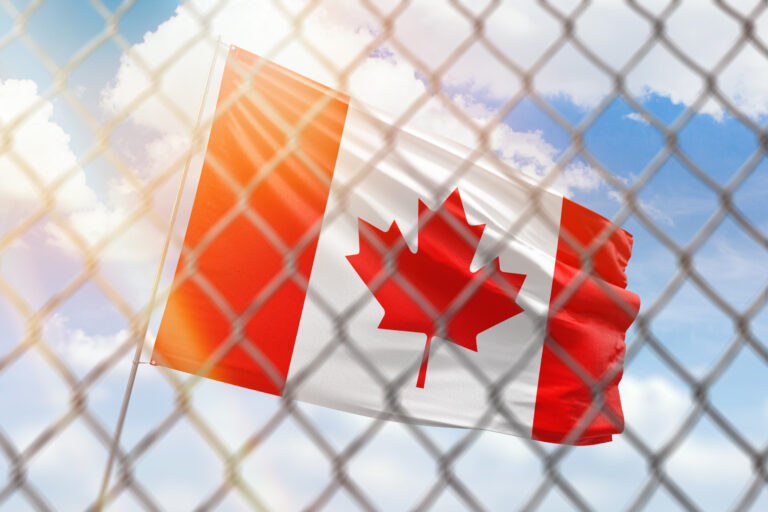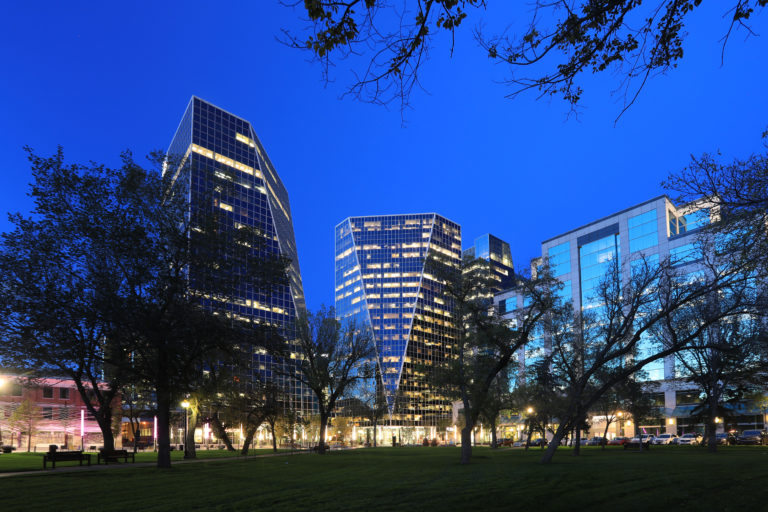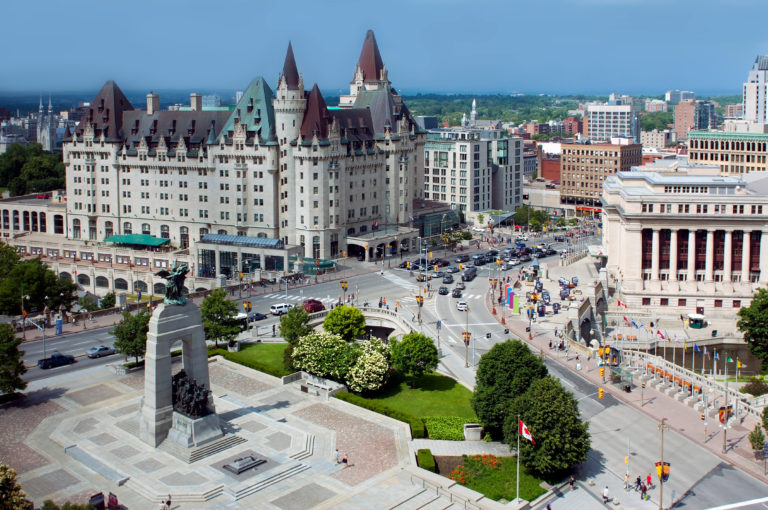Quebec immigration is unlikely to rise sharply anytime soon after Premier François Legault’s ruling Coalition Avenir Québec (CAQ) won a decisive majority in the provincial election on Monday.
In a landslide victory, the CAQ took 90 ridings, making that win the most decisive in Quebec provincial politics since 1989 when the Liberals led by Robert Bourassa won in 92 ridings.
The win solidifies the CAQ’s hold over Quebec politics. The party went into the election with 76 seats and grew that by 14.
Read More Canada Immigration News
Jean Boulet’s Quebec Election Debate Comment To Cost Him Post As Immigration Minister
Quebec Conducts Second Large Arrima Draw This Month, Issuing 1,009 Canada Immigration Invites
Applicants With Job Offers Favoured For Quebec Immigration Program
In Quebec politics, 63 seats are needed to form a majority government.
The election results give the Legault government carte blanche when it comes to immigration policy – and Legault has clearly indicated he will not be substantially increasing immigration.
“With 50,000 immigrants per year, we are already one of the few places in the world that receives proportionately as many immigrants,” the premier reportedly said in French in early June.
In the week ahead of the election, he described a substantial increase in immigration to the province as something that would be cultural suicide for the Quebecois.
“Until we have stopped the decline of French,” the premier told business, “I think that, for the Quebec nation, which wants to protect French, it would be a bit suicidal to increase (immigration).”
The Liberals were much more bullish on immigration than the ruling party but they suffered a political setback on Monday, dropping to only 21 seats.
Liberals Wanted Immigration Increased To 70,000 New Permanent Residents Annually
Provincial Liberal leader Dominique Anglade had called in mid-May for a massive increase in immigration to Quebec, up to 70,000 new permanent residents annually.
“This year, Quebec will on the whole welcome that many,” she reportedly said in French. “This is the policy of François Legault, 70,000 people. If we have the capacity to welcome 70,000 immigrants, I think that we should base ourselves on that figure and we are discussing that in all the regions of Quebec.”
Watch Video
Even that target was far short of the level immigration desired by many business groups in the province whose members struggle to find workers during a serious labour shortage.
Véronique Proulx, president of the Manufacturiers et Exportateurs du Québec (MEQ) manufacturing and exporting industry association, reportedly called for the province to receive as many as 90,000 immigrants annually ahead of the election.
“We know the labour shortages cannot be fixed in the blink of an eye and it will take a series of strategies working in tandem to reduce the impact of the lack of workers,” Proulx said in a statement in French.
Jean Boulet Will Be Leaving Immigration Portfolio Due To Anti-Immigrant Comments
Ahead of the campaign period for the provincial election, MEQ and three other business associations, the Conseil du Patronat du Québec (CPQ) employers’ group, the Fédération des Chambres de Commerce du Québec (FCCQ) association of chambers of commerce, and the Fédération Canadienne de l’Entreprise Indépendante (FCEI) association of independent businesses, lobbied the provincial political parties to take a series of measures to resolve the labour shortages, including a massive increase in immigration.
But the ruling CAQ refused to budge.
In the final weeks before the election, Immigration Minister Jean Boulet went so far as to utter a comment critical of immigrants during a debate.
The immigration minister for the province reportedly said: “80% of immigrants go to Montreal, do not work, do not speak French or do not adhere to the values of Quebec society.”
He later backtracked on those comments which drew an immediate but the damage to Boulet’s reputation as immigration minister was by then already done.
The very same day those comments came to light, the premier reportedly distanced himself from Boulet and indicated the immigration minister had effectively “disqualified” himself from that ministerial position “for reasons of perception and confidence.”
That means the only immigration-related outcome of this provincial election campaign in Quebec is likely to be a new immigration minister – but one following the same policies as his or her predecessor.

